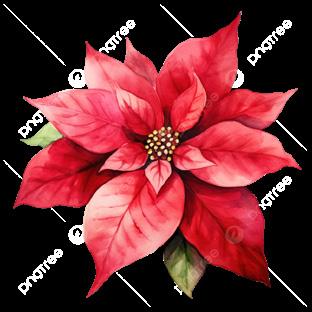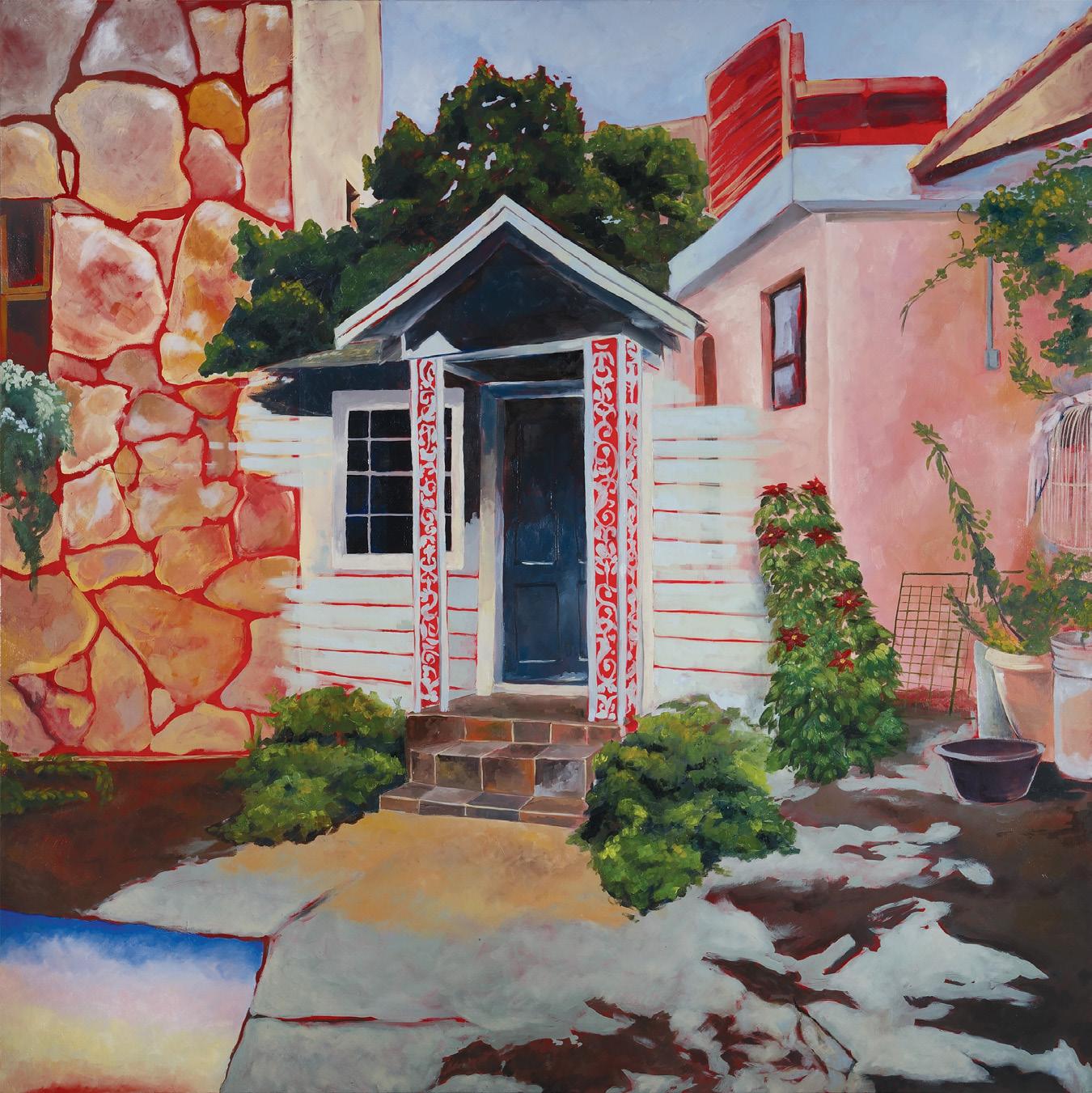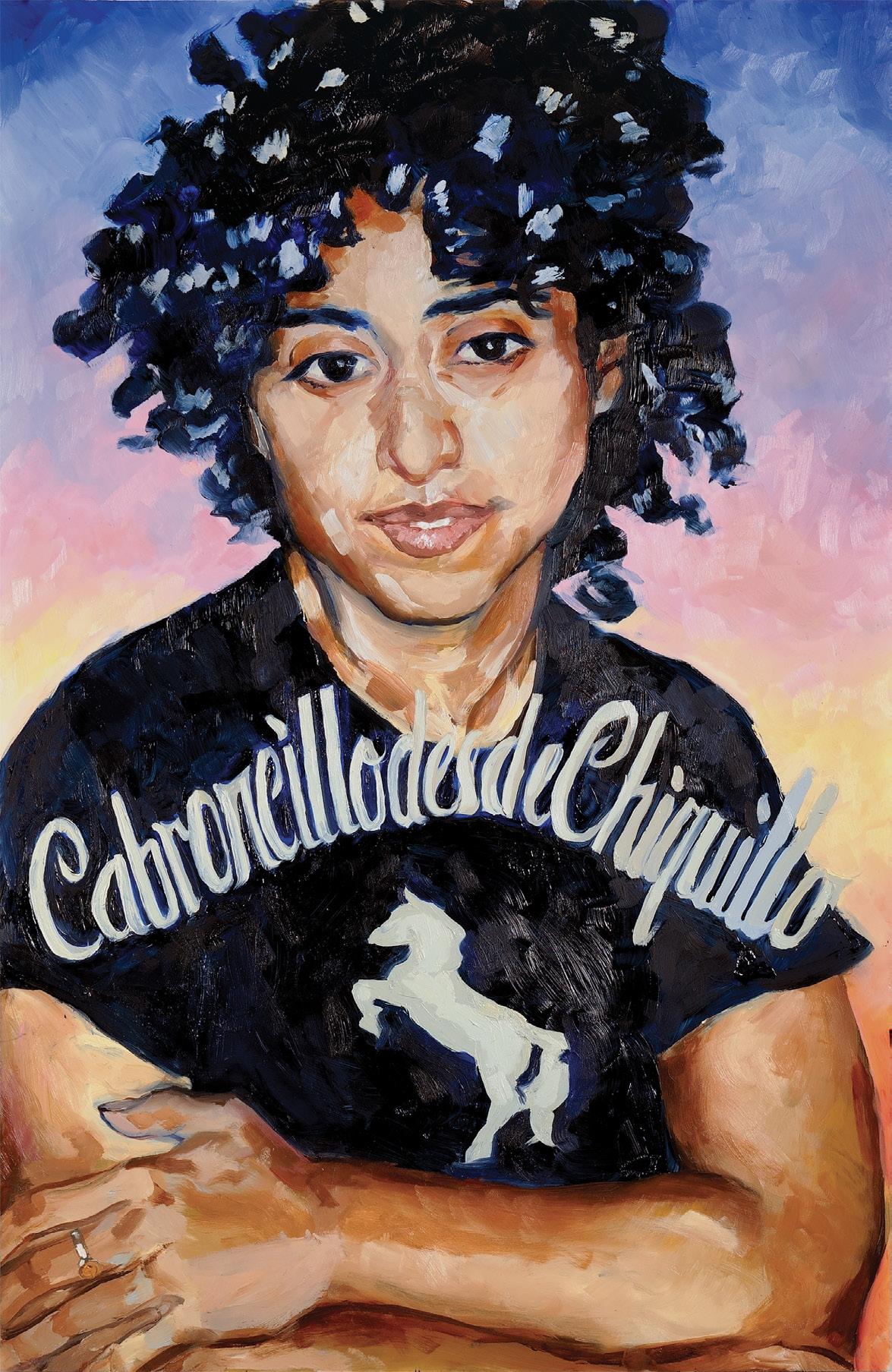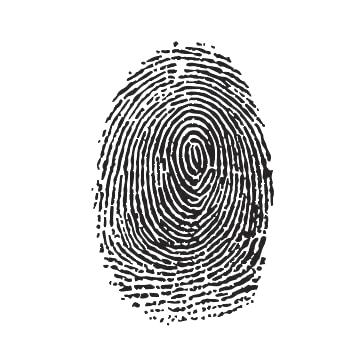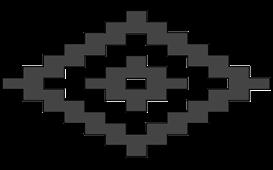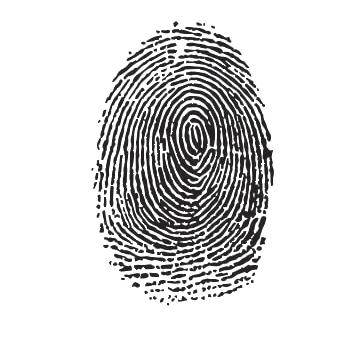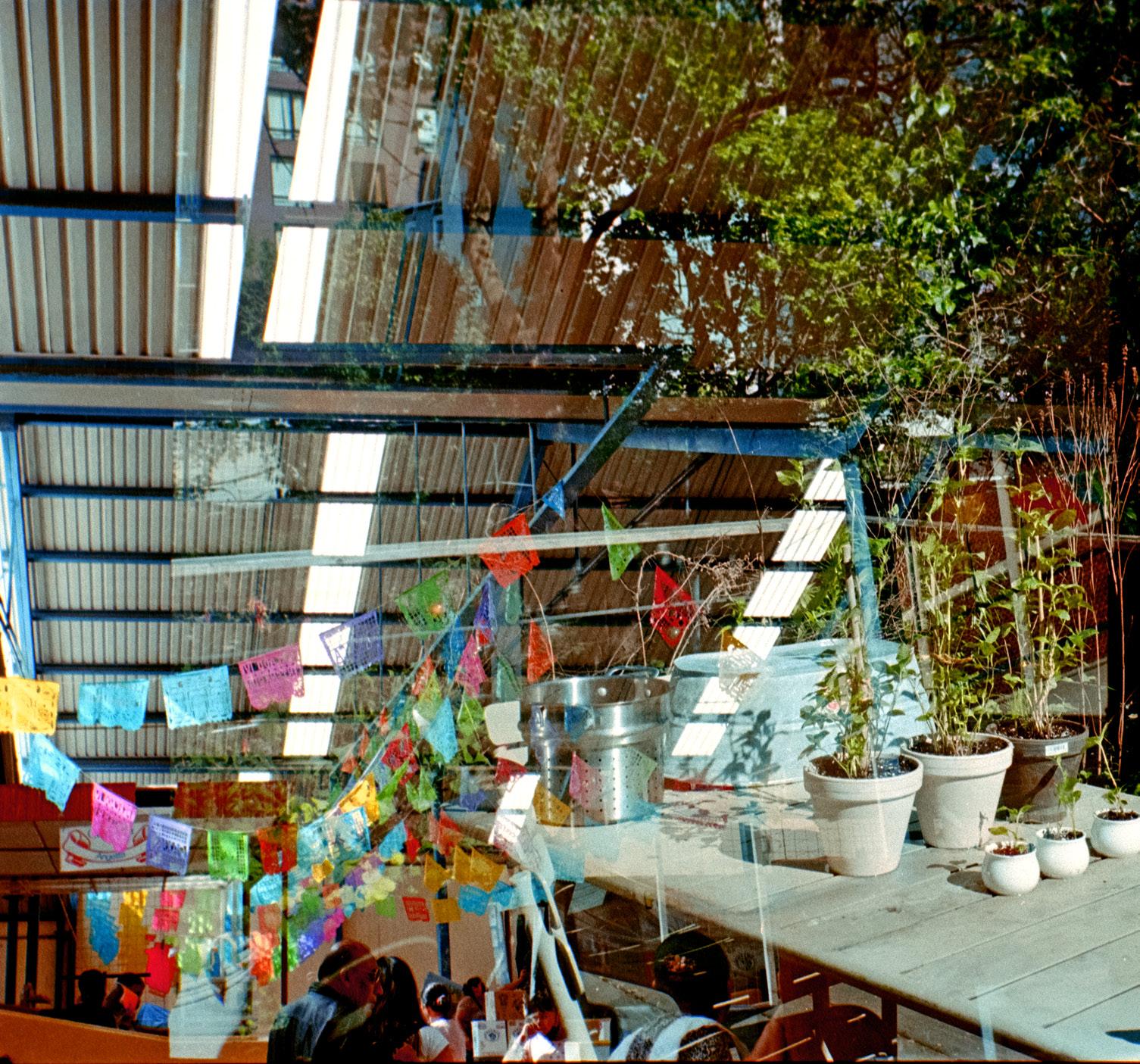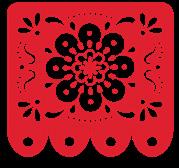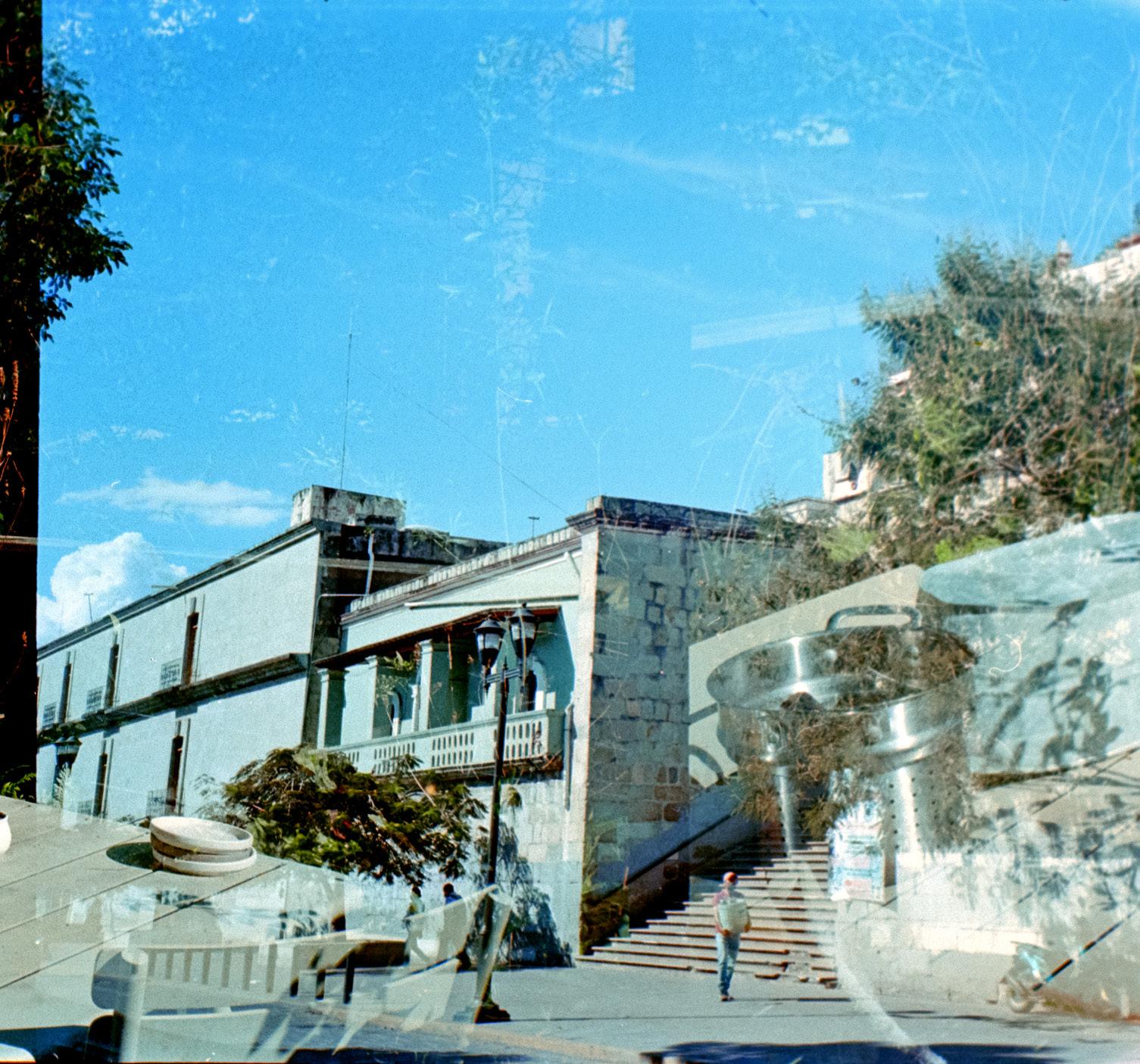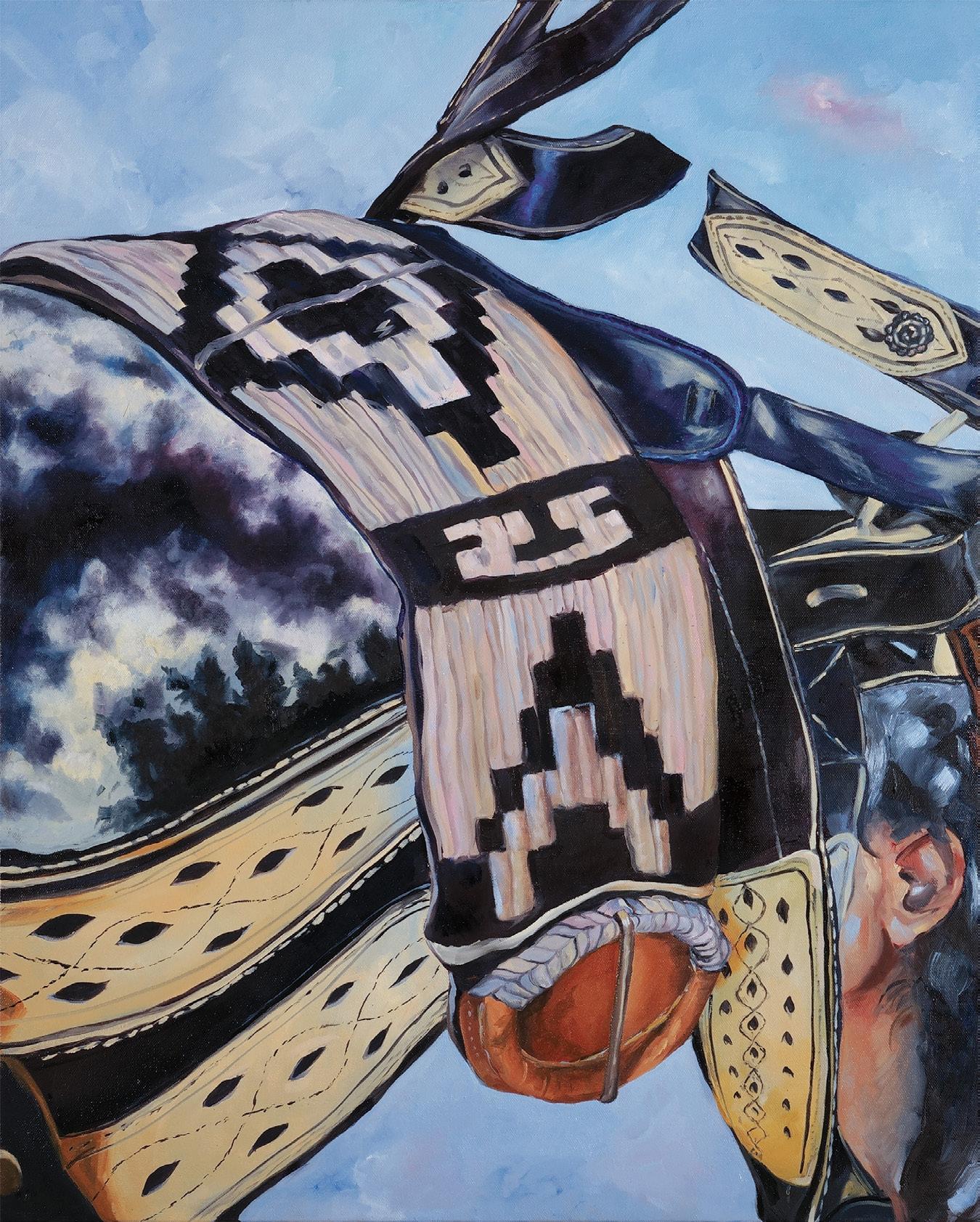About the Artist
Sol Diaz-Peña is a contemporary artist encompasses a multidisciplinary practice
They have exhibited their work throughout their native city of Houston, Texas, at places such as Project Row Houses, Houston City Hall, Box 13 ArtSpace, FLATS, Arts & Culture Lab, Wedge Space, and Sawyer Yards. They have been awarded residencies at Lawndale Art & Performance Center (Houston), Artists’ Literacies Institute (New York City), and ProjectRow Houses (Houston). In 2021, they were a recipient of the Idea Fund award for their project
The Place I Know; most recently, they were awarded a place in the On Communities Masterclass with Magnum Photos and Houston Center of Photography.
Since 2022, Diaz-Peña has co-organized with Open MFA, an artist collective that provides community, dialogue, and cross-disciplinary collaboration for artists based in the Houston area. As part of their work with Open MFA, they completed a residency at Asia Society Texas Center and exhibited with the Blaffer Art Museum in the 2024 Texas Biennial. In 2024, their work was published in New American Paintings no. 174, West Issue. Diaz-Peña holds a Bachelor of Arts in Humanities with a concentration in Critical Race Studies from University of Houston - Downtown.
and community organizer whose work grounded in painting and photography.
Cabroncillo desde Chiquillo, 2024, oil on polyester film. Image courtesy of the artist.
Cup your hands into a bowl. Now look inside them.
Look at the lines of the palm, the folds of the fingers, the maze of skin.
Look at the bowl. Is it full or is it empty?
In Navajo ontology, there is no real such thing as emptiness.
¹ Nílch’i , or The Holy Wind, is the name of both the air, and the songs inside it, of the atmosphere, the stillness in the room, the echoes of sound and of memories. It is between all places. It touches all things. It enters the body as breath and stays as spirit. It is the great invisible everything which is around us and inside us.
Nílch’i, though invisible, leaves certain marks for us to follow. The Navajo say that wherever swirls appear in nature, Nílch’i has entered. In our fingerprints, in our palms and feet, the Holy Wind has entered the body. It enters our minds through the swirls in our ears, forms thoughts, and leaves through our mouth when we speak. We are filled, all the time, with Nílch’i, as we breathe and think. And we are also releasing it from inside us, back into the world, through the exhalation of breath, song, and language.
I want to use this language here as a kind of portal, to not merely look at the work in front of us, but to live inside it for a little bit. Sol Diaz-Peña’s work leaves the door open, I think, for the viewer to walk on in. When I look at the flags of Our Garden; Wind , for example, the way that light goes through them, I think I too could walk through that fabric, could sit down on a plastic chair beneath the sun, and feel the breeze.
Look at your hands. Look at the swirl inside your skin. Let’s call that a door and enter into the world of Sol Diaz-Peña .
Born and raised in Houston, Texas, Diaz-Peña is a visual artist using painting and photography as his primary mediums. He writes in his own biography that his work often thinks about the “in-betweenness” of identity, touching on themes of transness, Chicanoness, indigeneity, home, time, the boundlessness of the self, and the poetic relationship between humans and the natural world. He often uses a process of layering, by combining his own set of visual symbols from across time, culture, and personal narrative.
We see this in both his paintings and his photographs which are often double exposed, creating holographic, vaporious spirit-worlds irreverent to boundaries of time, body, or place. ¹ Abram, David, 1957-. (1996). The
Wind, in my opinion, is a useful way to think about the swirling logic of Diaz-Peña’s work. The images he creates are never really still. They billow between realities, ripple, and multiply. Collage can perhaps be used to describe the way Diaz-Peña layers images together, but it’s not quite right: these images aren’t stacked on top of one another, but imbued within each other, like smoke passing through fabric. Diaz-Peña talks often about the use of Ma , a Japanese concept which refers to the space between things. In architecture, it can be used to describe a kind of vastness in a room, how an empty space may feel full of energy, solemnity, or potential.
I feel this same kind of complicated, emotional roominess when I look at the photos and paintings of Diaz-Peña. And yet, formally, there is very little space between Diaz-Peña’s images. We never see an object or a person standing alone, left with that traditional Japanese Ma all around them. Take the piece Here All Along : a cowhide saddle obscures the face of an unknown subject. We see an ear and some hair peeking from behind the leather. It may belong to the artist, but we can’t tell. The face doesn’t have any space to be seen.
We might say that there is a lack of Ma. That if the images could only stand further apart then we could see their distinctions, we could get a sense of what they really are. But I think it is more accurate to think of Diaz-Peña’s Ma as Nílch’i. A current of oxygen moves within an empty room, and enters into our lungs and keeps us living. This air or space is not an isolating, encapsulating bubble which armours our bodies against the world, it is a gaseous energy which is penetrative, osmosing, and integral.
The air which fills the space between us is also the air which fills the space within us.
And it connects us to everything and everyone else in the room. The space which outlines us and makes us distinct, is also what unites us with others, like how the spaces between our fingers allow them to interlock.
The saddle in the painting was found at a flea market in Houston, Texas. But the angular black and white pattern in the center is a Zapotec design. The Zapotec are a pre-columbian civilization from the Oaxaca Valley in Mexico where Diaz-Peña has roots. On a trip to Oaxaca, Diaz-Peña saw this design in buildings and clothes, only to reencounter it by chance in his own backyard.
The features of the saddles don’t obscure the figure’s identity, they illuminate them. Even if we could see the outward appearance of the subject, we would not be able to see that which is within them. Closing the space, collapsing the distance, asking the boy and the saddle to breathe together, it entangles their significance.
The design we see in the saddle is called the Ojo de Dios, or Eye of God. Though we lose access to the subject’s eyes because of the saddle, the saddle, inevitably, gives them back to us.
The windows open. The soul flies through.
We come to art to see something. To confront an object. An image. Even if we don’t know what we are looking at we know that it is there, that it exists, we know that it is not something else. When we look at a solid, opaque, sculpture, it gives a sense that the world is familiar: dense, impenetrable, recognizable: in a word, simple . These objects behave the way we want them to. They are Newtonian, they follow the laws we learned in physics: an apple falls down, not up. A planet spins East, not West. Time goes forward and never back.
Objects, when we look at them as objects, are expected to obey the rules.
People, when we look at them as objects, are expected to do the same.
But Diaz-Peña’s work feels quantum in its physics: Light stands on top of light. Objects we know as simple and singular are suddenly filled with places, with stories, and countenance. It is difficult to distinguish the land from what walks on top of it. It is as if the images have roots; they reach into the soil of other images, other places and times, and grow taller and lush because of it.
In some ways this is the project of any kind of identity: to release us from the rigidness of identities thrust upon us. The queer theorist, José Esteban Muñoz might call this process disidentification , to say:
I am not only the thing I am called, even if that is my name.
Sol : Sunlight, piercing through the sheet of this reality.
In quantum physics, when an electron enters into a relationship with another electron, they remain affected by one another, no matter the distance. Even light years apart, if an electron is disturbed, its partner will experience the same disturbance. The name for this entanglement is Spooky Action .
The old proverb goes, “a bird in the hand is worth two in the bush.” The logic being that it’s better to own something at all, even if it’s less than what you want. But maybe we’ve got the math wrong. Maybe the bird in the hand is the two in the bush; the living, breathing, flying life of the body in motion is always fluctuating between two places at once. Maybe to be an animal at all is to actually be many, a splintered spirit, both here and there, now and then, man and woman. We once thought of particles as single moving bodies until we learned they are actually waves of energy. Maybe the spirit also takes the shape of waves. It is only when we attempt to own and know it, when we try to clutch it in our fingers that we crush its immensity, its multiplicity and magic, into a single dead treasure, the bird killed by our very effort to understand what makes it fly.
Look at your hands. How could you possibly hold the wind? It is the wind that holds you.
Why do I feel homesick for a place I’ve never been to? Why do I miss people I’ve never met?
These are the questions I ask myself in front of Diaz’s work.
I feel not only that the images next to and within each other are entangled, but that I am entangled with them as well. The body, once solid, familiar, and understandable, suddenly becomes our place of mystery.
Here All Along unleashes the body from its own flesh.
About the Writer
JaxNeal is a poet, choreographer, and performance artist based in Los Angeles, California. Neal uses language and movement as technologies of intimacy. His performance work often combines vulnerable storytelling with extreme tests of physical and mental endurance. Neal writes about durational, endurance-based performance, folk art and culture, and spirituality in the arts. Neal is a Houston Youth Poet Laureate Emeritus and a National Youth Poet Laureate Ambassador selected by the Library of Congress. In 2023, his essay The Cost of Whiteness was a finalist for the Elie Wiesel Prize in Ethics. In the summer of 2024, Neal was selected by the Olympic Committee and the City of Paris to share his poetry in the International Cultural Olympiad. Currently, Neal serves as a California Arts Fellow at the Desert X in the Coachella Valley.

Cochineal a small-scale insect native to subtropical South America through the Southwest United States. It was cultivated by Indigenous people in Puebla, Tlaxcala, and Oaxaca. They devised complex systems harvesting both the insect and its host cactus to produce red paint pigments for coloring manuscripts, murals, dye cloth, and feathers .
From
Where I’m
, 2023 , 35mm film scan. Image courtesy o fthe artist.
Papel picado originated in Central Mexico. This decorative craft is often dis pla yed on Día de los Muertos altars, representing the element of wind and the union between life and death. This delicate, ephermal tissue paper also signifies the fragility of life.
Here All Along, 2024, oil on canvas. Image courtesy of the artist.
Artist Studio Program
Established in 2006, the Lawndale Artist Studio Program offers residencies to Texas-based artists who are developing a practice in the visual and performing arts. Lawndale welcomes residents to a vibrant community of working artists, curators, critics, and patrons of contemporary art. Throughout the nine-month residency, the artists work closely with each other and Lawndale staff on the development and production of new work to be exhibited. Lawndale is pleased to announce Sol Diaz-Peña as one of our 2023/2024 Artist Studio Program participants. Major support for the Artist Studio Program is provided by Kathrine G. McGovern/The John P. McGovern Foundation and the National Endowment for the Arts.
Mission
Lawndale is a multidisciplinary contemporary art center that engages Houston communities with exhibitions and programs that explore the aesthetic, critical, and social issues of our time.
About
Lawndale believes in the role of art and artists to inspire and inform the world around us. By serving as an intimate gathering place to experience art and ideas, Lawndale seeks to foster connections between communities in Houston and beyond. Lawndale presents a diverse range of artistic practices and perspectives through exhibitions and programs, including lectures, symposia, film screenings, readings, and musical performances.
Through exhibition opportunities, the Artist Studio Program, institutional collaborations, and the engagement of an advisory board comprised of artists, curators, and scholars, Lawndale seeks within its mission to support all artistic and cultural communities of Houston.
Supporters
Lawndale Art & Performance Center receives generous support from The Brown Foundation, Inc.; the Garden Club of Houston; Elizabeth Firestone Graham Foundation; The Joan Hohlt and Roger Wich Foundation; The John M. O’Quinn Foundation; The John R. Eckel, Jr. Foundation; Houston Endowment; Humanities Texas and the National Endowment for the Humanities (NEH) as part of the federal ARP Act; Kathrine G. McGovern/The John P. McGovern Foundation; The National Endowment for the Arts; The Alice Kleberg Reynolds Foundation; The Rose Family Foundation; the Scurlock Foundation; the Texas Commission on the Arts; the Vivian L. Smith Foundation; and The Wortham Foundation, Inc. Additional support provided by Lindsey Schechter/Houston Dairymaids, Saint Arnold Brewing Company, and Topo Chico.
Funding for Lawndale’s exhibitions is provided by presenting sponsors, John Bradshaw, Scott Sparvero, along with sponsors Jereann Chaney, Alexa Clements, Piper & Adam Faust, Marco Hernandez, Amy Holmes, Mary Catherine & Bailey Jones, Emily & Ryan LeVasseur, Jeryn & Walter Mayer, Meghan Miller & Jeff Marin, Adrienne Moeller, Winnie & Nic Phillips, Teresa Porter, Regina & Frem Reggie, Stephanie Roman, Nicole & Joey Romano, Jessica & Blake Seff, Dr. Andre Shaw and generous gifts from the Friends of Lawndale.
Major support for The Artist Studio Program is provided by Kathrine G. McGovern and The John P. McGovern Foundation and the National Endowment for the Arts.

